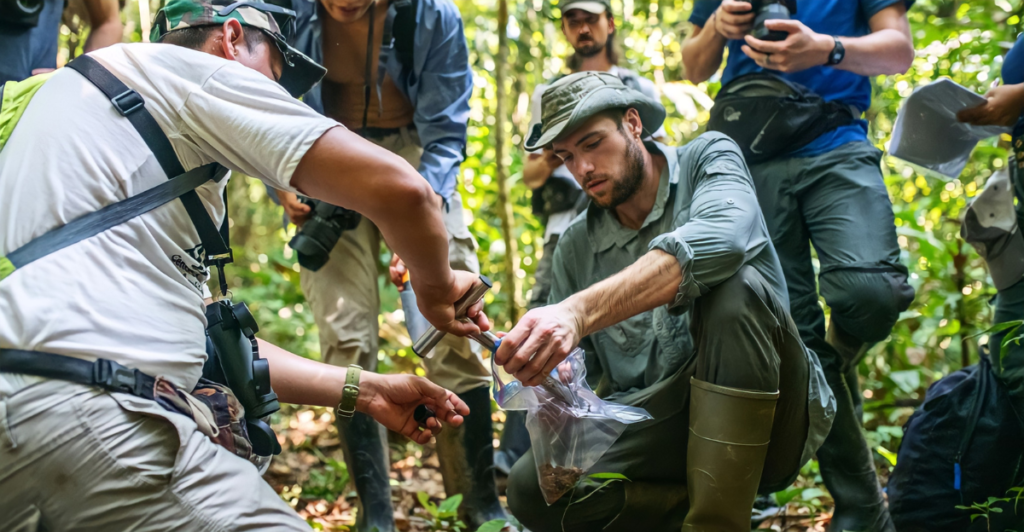
For the first time in history, the Mount Lyell shrew was photographed in California by a team of UC Berkeley undergraduate students. Scientists have known about this mammal for over a century but have never seen one alive as they were always found dead, designating it as a “species of special concern”.
The Shrew Discovery
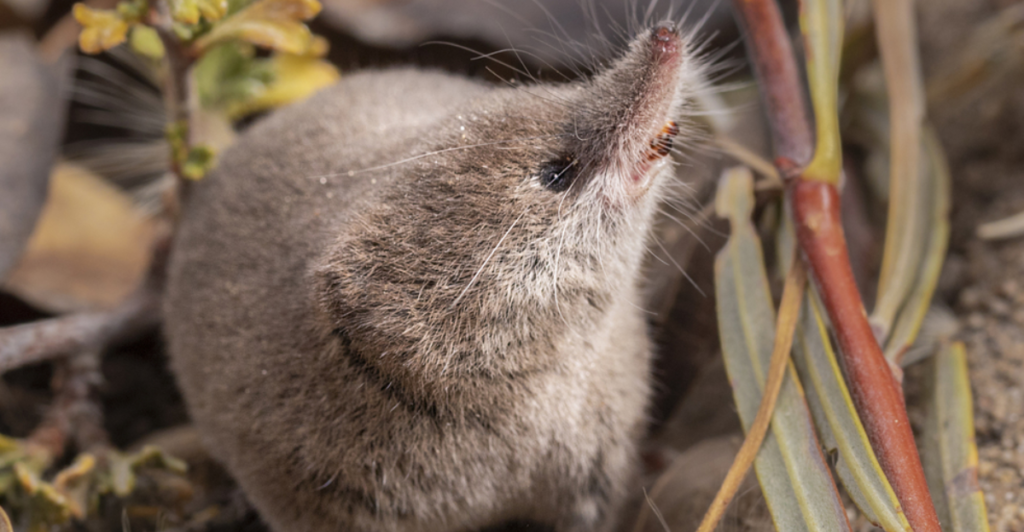
The Mount Lyell shrew (Sorex lyelli) was first identified by biologist Clinton Hart Merriam in 1902. It is a tiny creature, measuring only 9 to 10 centimeters and weighing between 2 to 3 grams, and is native to the Eastern Sierra Nevada region. The shrew was considered to be one of the most poorly known mammal species in California, and this was what inspired the team to find it.
The Research Team
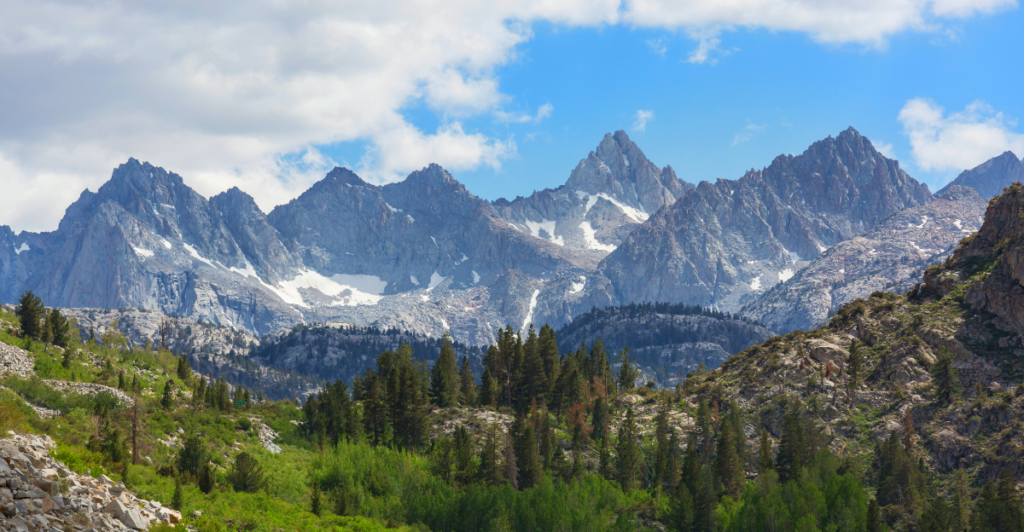
A group of friends from UC Berkeley—Vishal Subramanyan, Prakrit Jain, and Harper Forbes—embarked on a mission to photograph after they found out that it was the only Californian mammal never to be photographed alive. The team managed to capture and photograph four shrew species, including the Mount Lyell shrew.
The Expedition
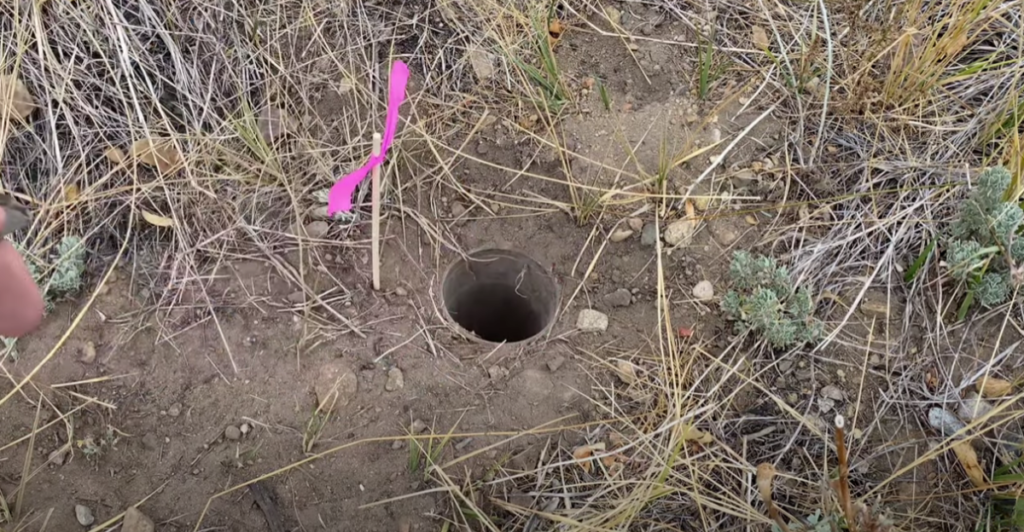
In November 2024, Subramanyan, Jain, and Forbes set out on a three-night expedition into the Eastern Sierra Nevada region. They laid over 100 traps with cat food and mealworms, checking them every two hours to prevent starvation of the captured shrews. The trio set up boxes with a white bottom (to serve as a neutral background), a glass top, and a terrarium with soil and food.
Challenges
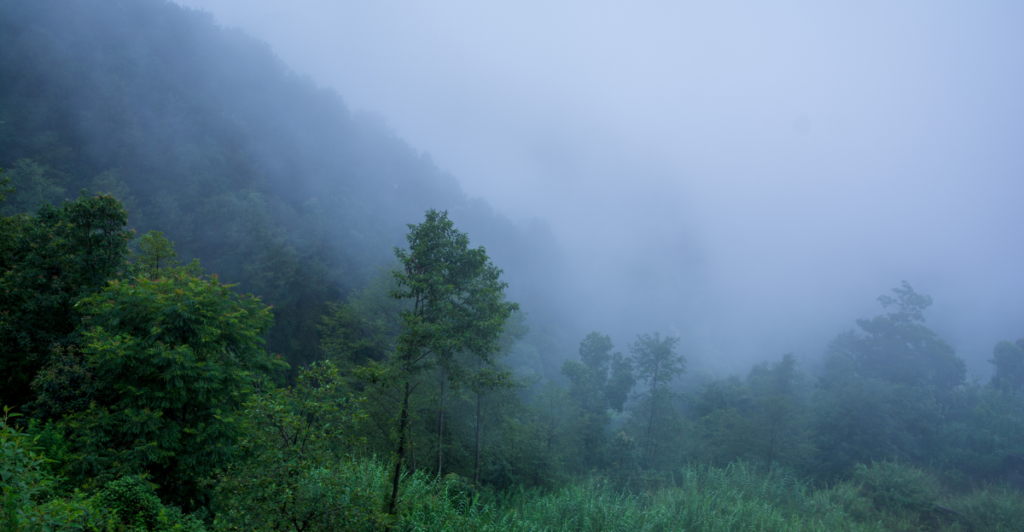
The shrews are incredibly fast and have a high metabolism, which means they need to eat every two hours. While this metabolism helped the team know when to check traps, the animal’s speed could have proved problematic. Additionally, the mountain temperatures fell to 15 degrees Fahrenheit during the expedition, complicating their efforts further.
A Breakthrough
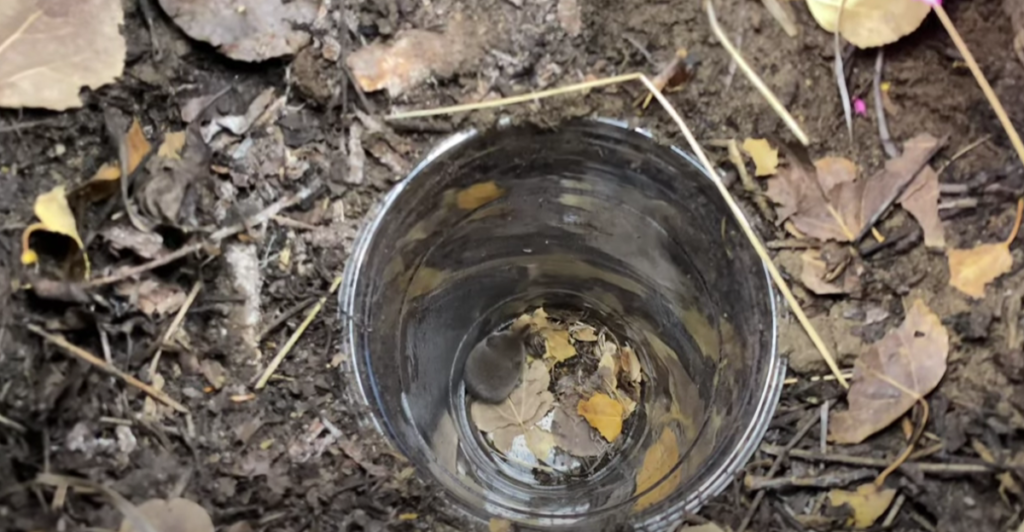
After several days and some very cold nights, the team managed to photograph the shrew. It was an exercise in waiting, lack of sleep, and then sudden action. “It was kind of go, go, go,” said Subramanyan. “You trap some shrews, you photograph them, you release them, and by that time there are more shrews. So it was pretty nonstop.”
The Shrew’s Ecological Significance
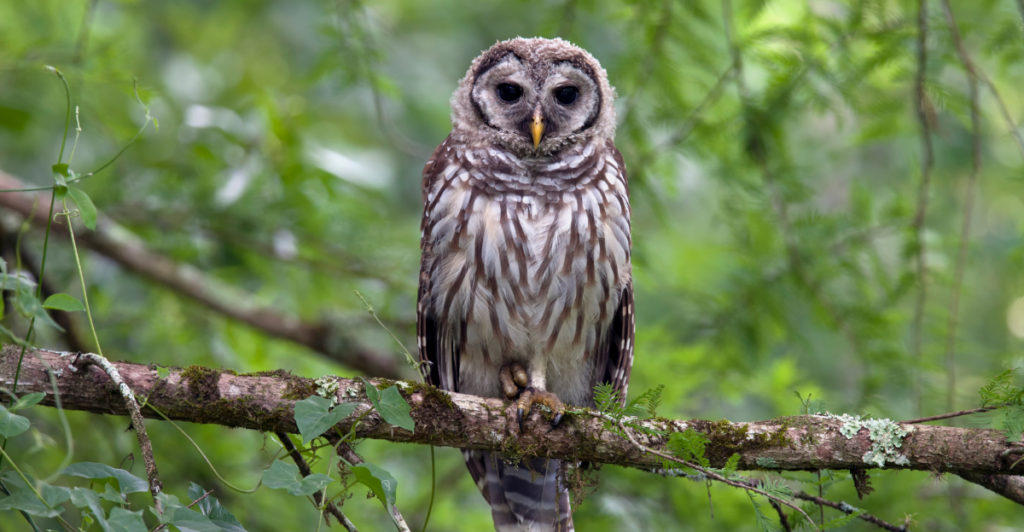
The Mount Lyell shrew eats mostly insects but is a prolific predator despite their small size, as they eat several times their body weight daily. On the other hand, they serve as prey for other predators such as snakes, owls, and wild cats, thereby fulfilling an ecological need. In photographing this rare mammal, researchers can now study its effects on its habitat.
Conservation
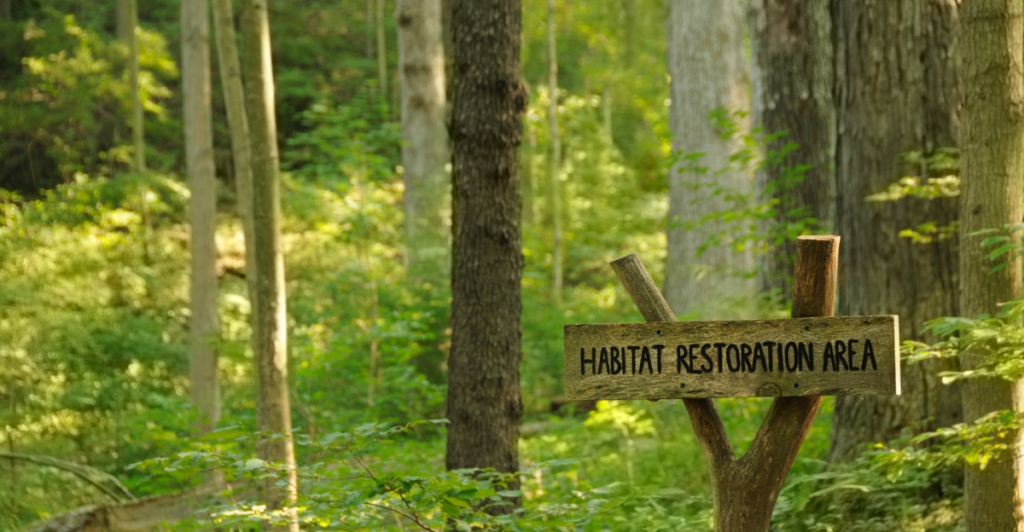
Many rare species face significant threats from habitat loss due to climate change and human activity. For example, scientific projections indicate that up to 89% of the Mount Lyell shrew’s habitat could be lost by the 2080s if current trends continue. Therefore, the importance of photographing and studying this creature becomes clear – the more we know, the more we can actively try to preserve their habitat and population.
Importance of Photography in Conservation
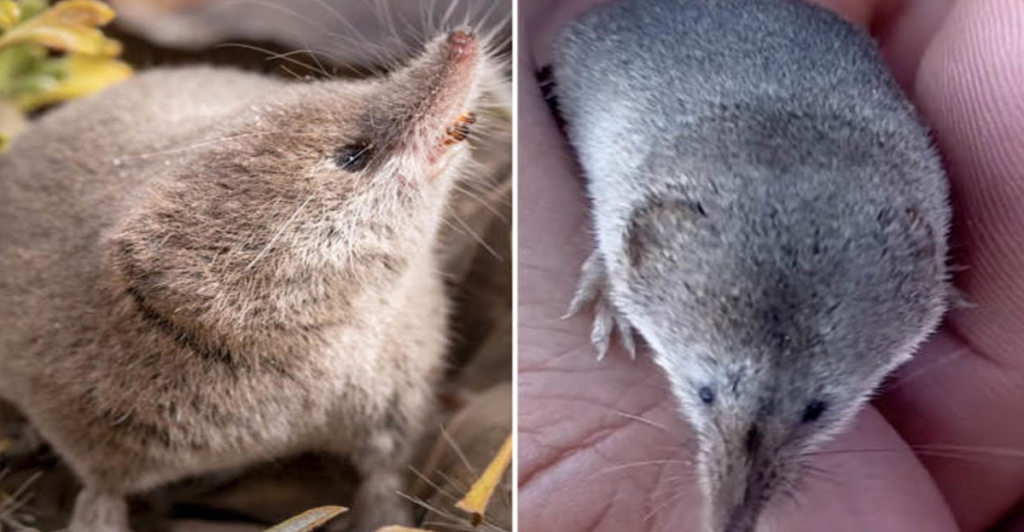
By photographing the Mount Lyell shrew, the team has raised awareness about lesser-known species. Jain indicated that there are several animals in the U.S. that have never been photographed or existing photos are of poor quality. Ultimately the team said the photos will be added to scientific databases, making it easier for researchers to identify species of the shrews.
Technology in Wildlife Research
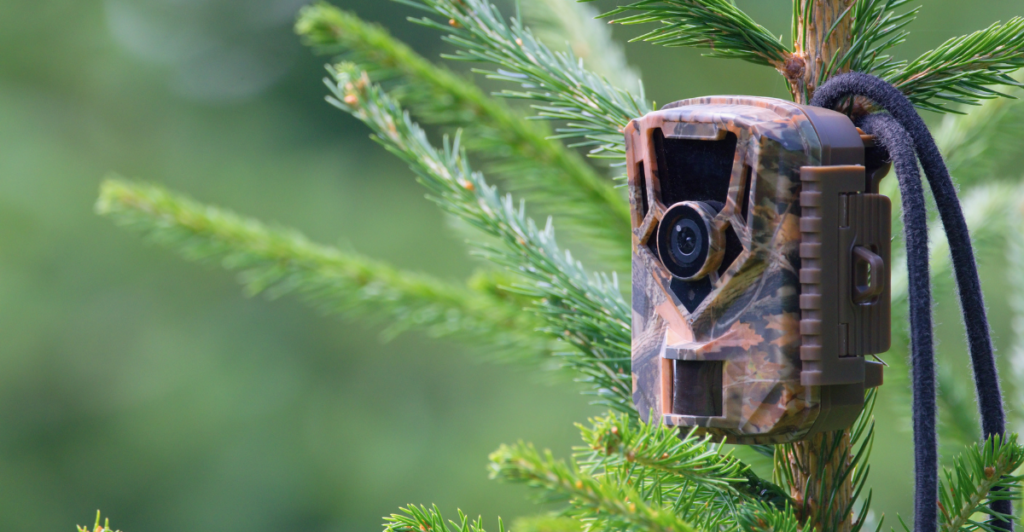
Both cases raise the question of the role of technology in wildlife research. Thus far, technological advancements have allowed researchers, scientists, and conservation groups to capture images of elusive species without encroaching too much on their territory. In doing so, technology allows us to gather data on animal behavior and dynamics over extended periods of time.
Similar Discoveries
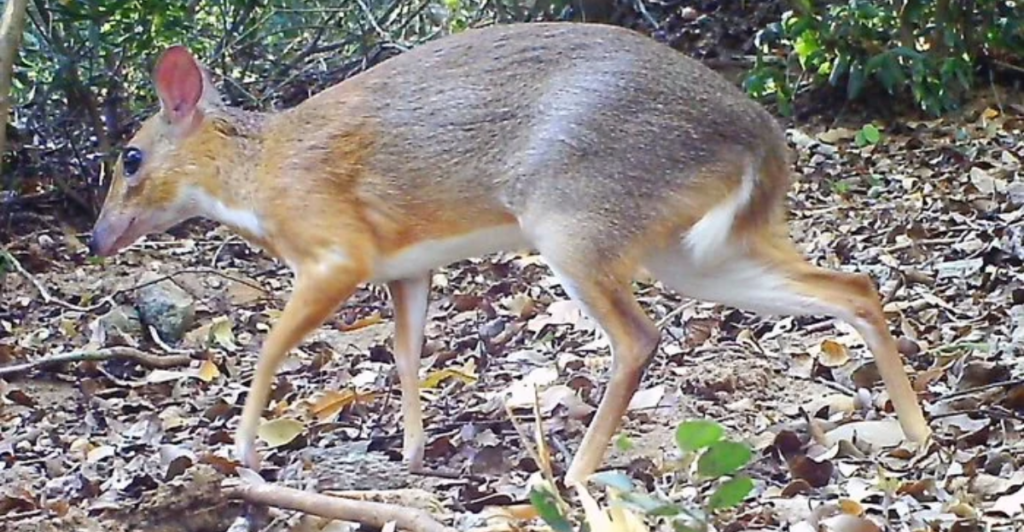
Similar discoveries include a silver-backed chevrotain, photographed for the first time in southern Vietnam. Previously, this creature-about the size of a rabbit-was thought to be extinct. This discovery was made by the Global Wildlife Conservation group in 2019 when they set up camera traps that captured over 1,800 images of this elusive creature.
Future Research
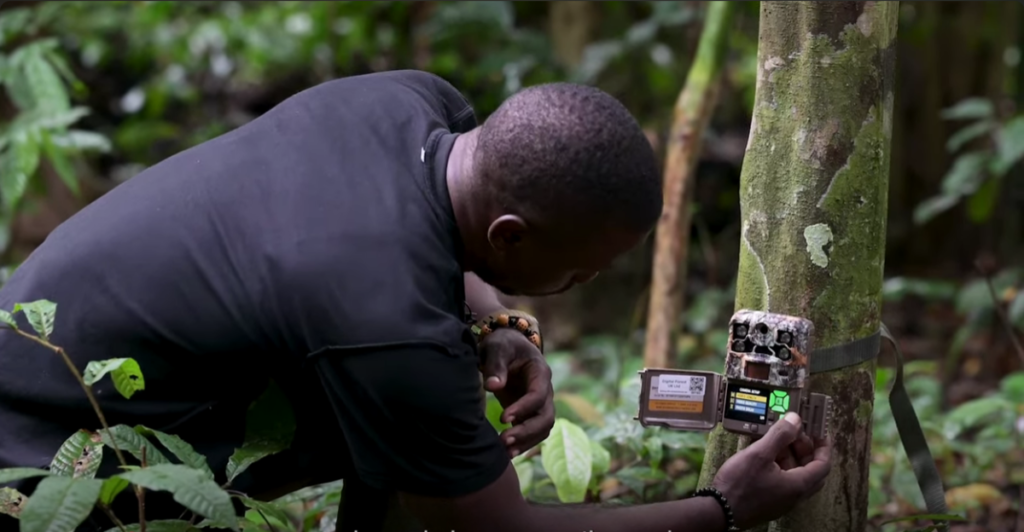
With the success of Subramanyan, Jain, and Forbes’ expedition and that of the Global Wildlife Conservation group, more researchers are encouraged to continue exploring poorly documented areas and species to better understand global diversity. Ultimately, there is hope that these discoveries will gain funding and public support for future and further research projects.
A Rare Discovery
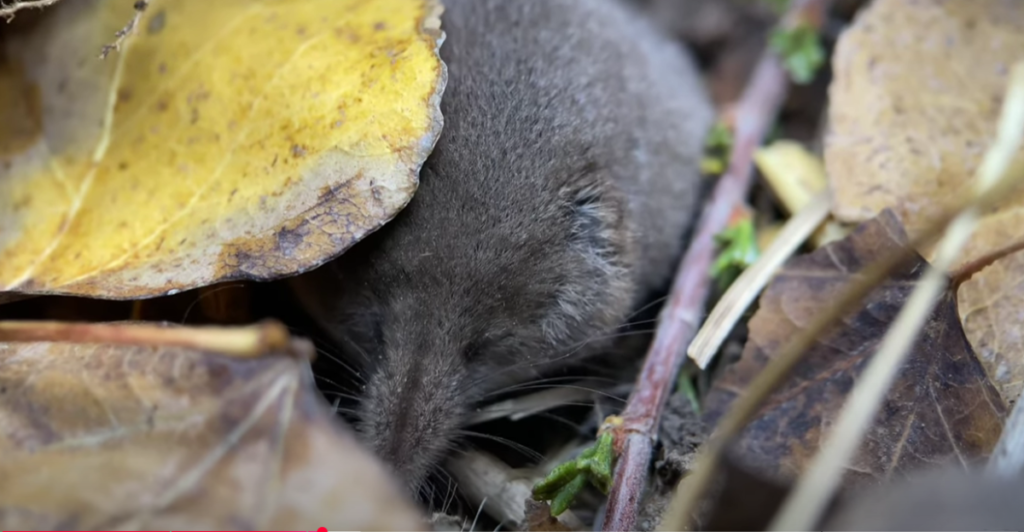
The first-ever photographic evidence of the Mount Lyell shrew represents a significant achievement in wildlife research and conservation. It highlights the importance of technology and conservation awareness while bringing hope to scientists, researchers, and conversation groups that more rare species can be documented and respectfully studied.
Discover more of our trending stories and follow us to keep them appearing in your feed

Rare Animals That Can Only Be Found In The U.S.
Rare Animals That Have Almost Never Been Seen
California Is Breaking Apart: A Fault Line Is Forming Faster Than Anyone Predicted
The War on Cows Is Over—And Green Extremists Have Lost
References:
Reference 1
Reference 2
Reference 3
This article first appeared here
Stay connected with us for more stories like this! Follow us to get the latest updates or hit the Follow button at the top of this article, and let us know what you think by leaving your feedback below. We’d love to hear from you!







